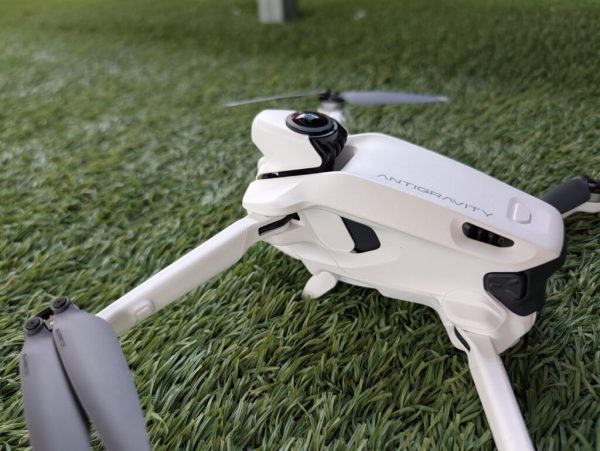NSW Housing Authority Largely Exonerated from Shadow AI Accusations
We independently review everything we recommend. When you buy through our links, we may earn a commission which is paid directly to our Australia-based writers, editors, and support staff. Thank you for your support!
Brief Overview
- The NSW Housing Development Authority employed an unapproved AI tool.
- An evaluation revealed a minimal risk of affected planning choices.
- 72 reports were reviewed and found to be accurate.
- AI usage protocols will be emphasized for staff.
- Official tools recognized as more efficient than the unapproved AI.

Unapproved AI Tool Utilization in NSW Housing Authority
In a recent assessment, it was discovered that the NSW Housing Development Authority had utilized an unauthorized AI tool to accelerate housing project evaluations. This tool lacked official approval for such functions, leading to an investigation into its effects on decision-making integrity.
Assessment Findings
The NSW government published a report indicating that the employment of this AI tool presented a “low” risk of swaying planning decisions. The tool was mainly used for administrative duties like report compilation, and these documents were subjected to additional reviews, reducing the likelihood of mistakes.
Report Evaluation
Of the 72 analyzed reports, none were identified to have errors linked to the AI tool. The assessment suggested that all other reports should undergo similar evaluations to guarantee integrity.
Suggestions and Reactions
The evaluation urged the strengthening of AI usage protocols among the authority’s employees, underscoring the importance of using approved tools. These actions aim to protect security and integrity while taking advantage of the efficiency offered by authorized tools.
Government Response
Paul Scully, Minister for Planning and Public Spaces, has endorsed the suggestions from the evaluation. He expressed that the integrity of the Housing Development Authority remains sound and that appropriate measures will be implemented to uphold its functions.
Conclusion
The use of an unauthorized AI tool by the NSW Housing Development Authority underwent examination, with findings indicating a low risk to the integrity of decision-making. The government has accepted recommendations to reinforce AI guidelines and the employment of approved tools.










